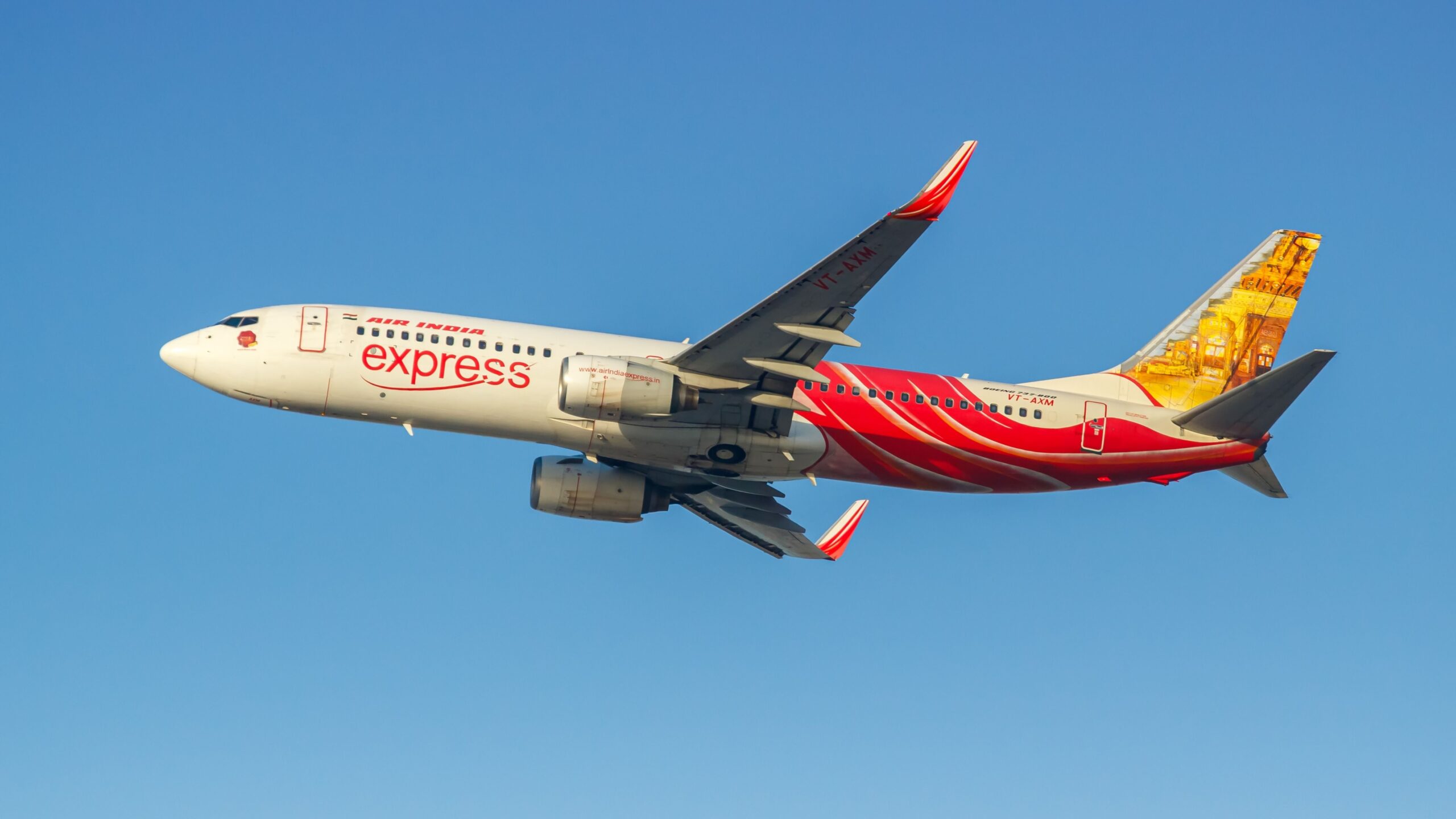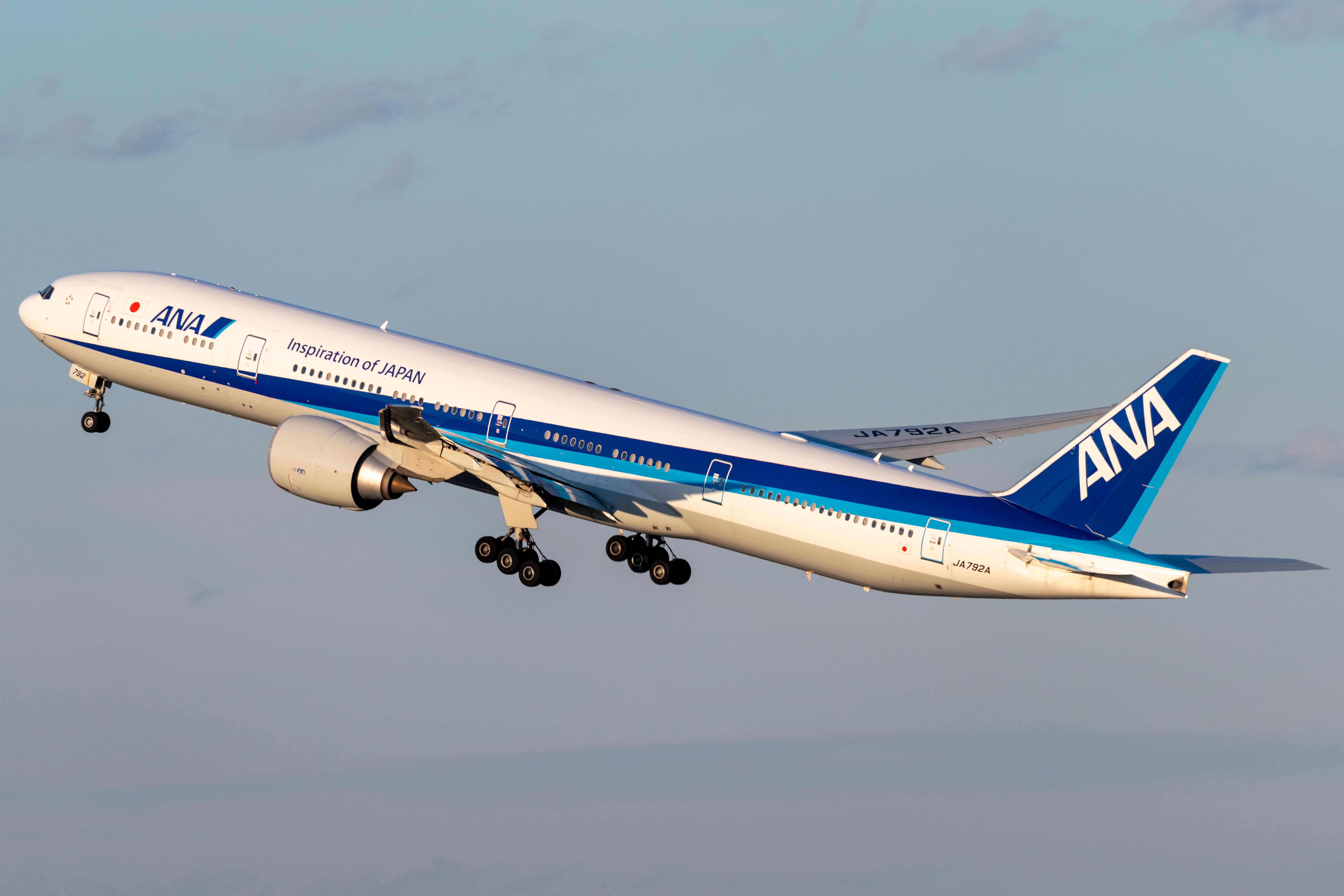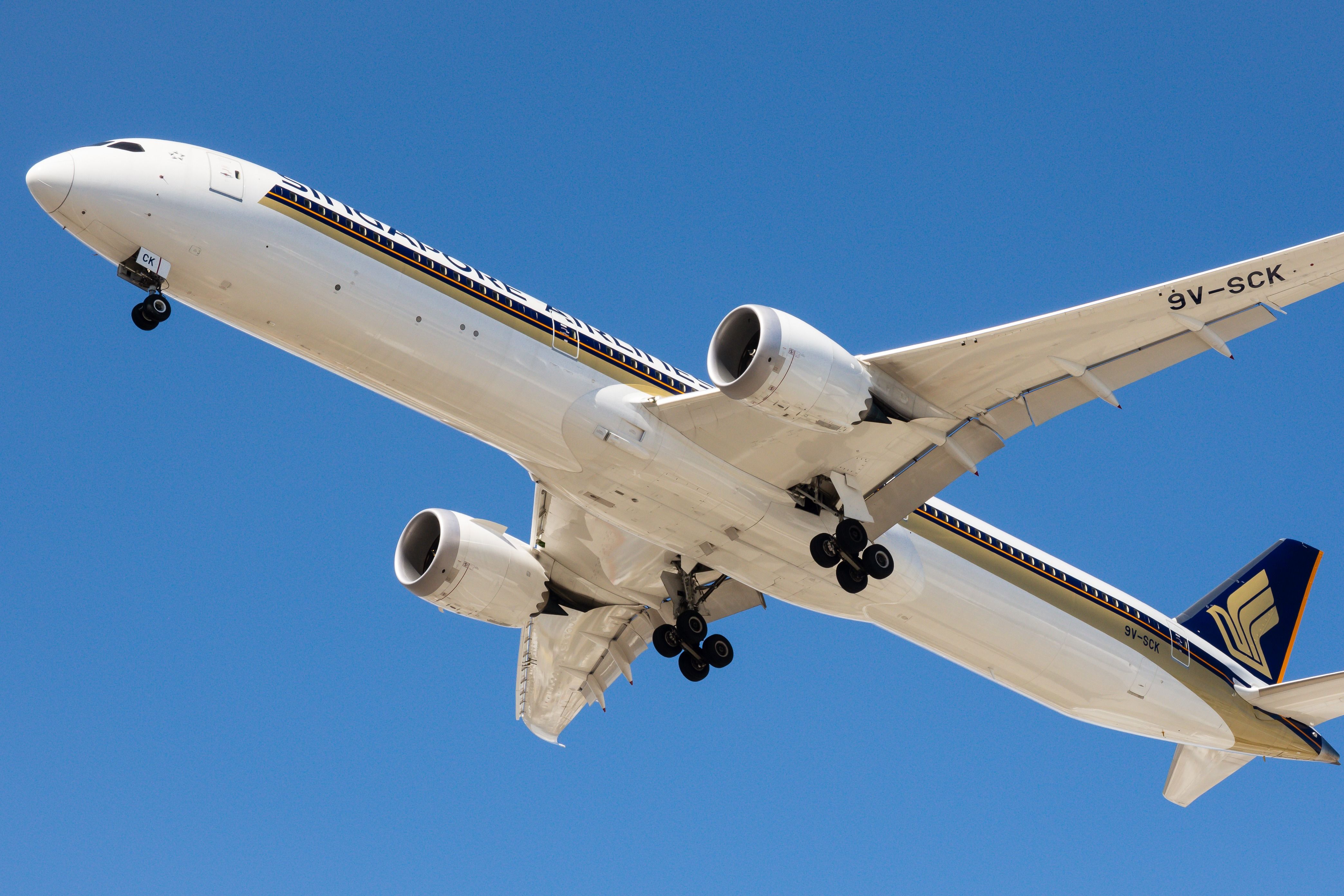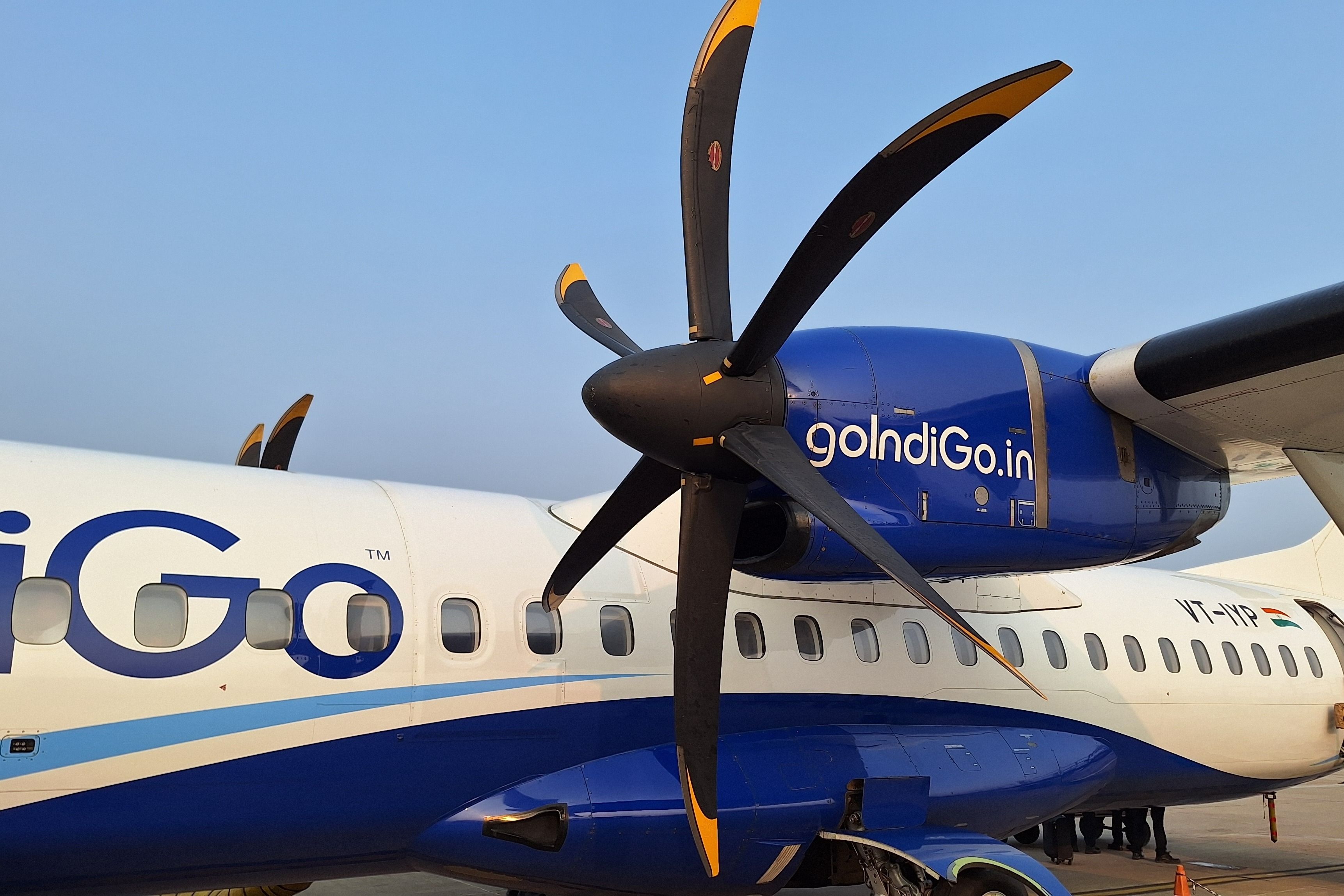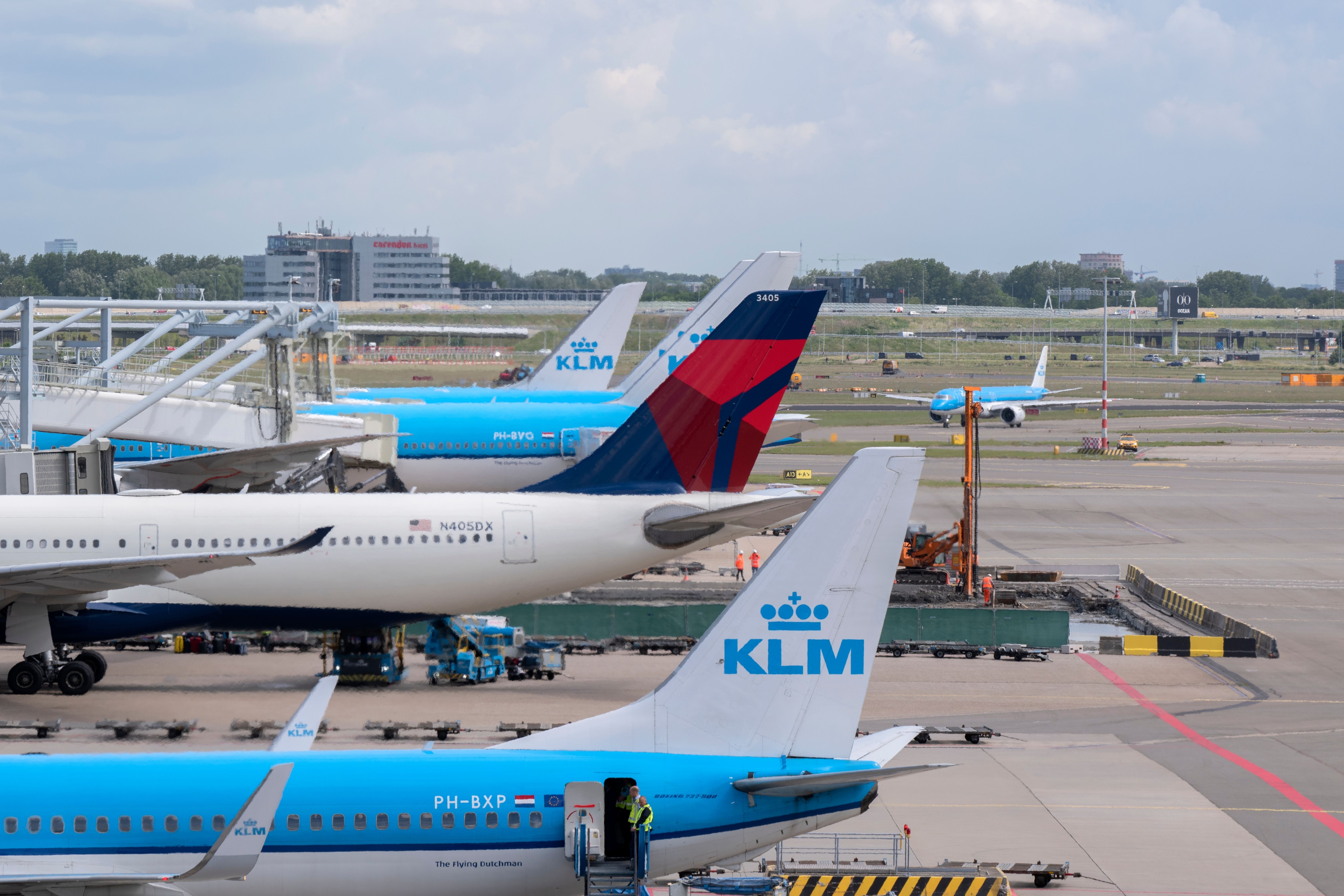Global passenger demand reached an all-time September high last month, according to the latest International Air Transport Association (IATA) data. Total demand – as measured in revenue passenger kilometers (RPK) – was up 7.1% compared to September 2023, while total seat capacity and load factor also rose year-on-year.
Demand hit a record high for September
IATA’s data for September shows that the biggest growth year-on-year was recorded in Asia-Pacific, which registered 12.4% more demand, while African airlines also saw demand increase by 12.2%. The least growth was in North America at a slight 1.1%, while European carriers managed an impressive 6.7% growth. Latin America saw an increase of 7.2% in demand, while in the Middle East growth was more moderate at 4.7.%. Willie Walsh, Director General of IATA, commented,
“The year’s peak travel season ended with demand at an all-time high. This is good news not just for passengers but also for the global economy. Every flight creates more jobs and trade.”
Photo: Vincenzo Pace | Simple Flying
Global capacity – as measured by available seat kilometers (ASK) – was up 5.8% year-on-year, with the largest growth seen in Asia-Pacific (8%), Latin America (7.6%) and Africa (6.9%). Overall load factors were also up by 1.0 percentage point (ppt), with the biggest growth once again seen in Asia-Pacific and Africa.
|
Region |
World Share (%) |
RPK (%) |
ASK (%) |
Load Factor (%) |
Load Factor Change |
|---|---|---|---|---|---|
|
Total Market |
100% |
7.1% |
5.8% |
83.6 |
+1.0 |
|
Africa |
2.1% |
12.2% |
6.9% |
76.5 |
+3.6 |
|
Asia-Pacific |
31.7% |
12.4% |
8.0% |
83.1 |
+3.2 |
|
Europe |
27.1% |
6.7% |
6.4% |
86.5 |
+0.3 |
|
Latin America |
5.5% |
7.2% |
7.6% |
83.4 |
-0.3 |
|
Middle East |
9.4% |
4.7% |
4.6% |
81.4 |
0.0 |
|
North America |
24.2% |
1.1% |
2.2% |
82.4 |
-0.9 |
International markets
Demand was most keenly felt for international flights, rising by 9.2% year-on-year. Seat capacity almost exactly matched rising demand at 9.1%, with airline load factors rising by 0.1ppt.
Photo: Steve Worner | Shutterstock
- Asia-Pacific airlines saw a massive 18.5% increase in demand and flew with 17.7% more seats year-on-year.
- Latin America (12.4%) and Africa (11.9%) also saw significant international demand.
- The least growth was in North America at 0.5%, which coincided with a 1.1ppt drop in load factors on international routes.
- European airlines maintained an impressive average load factor of 85.9% alongside a 7.6% increase in demand.
Domestic markets
Global demand for domestic flights grew by 3.7% year-on-year, with a slight rise of 0.7% in seat capacity and a 2.4% ppt increase in load factors. According to IATA, all key markets showed stable growth in demand and recorded all-time highs for September, with the exception of Japan. China, Brazil and India all saw demand rise by 6.5% or more, although a more modest growth of 1.6% was seen in the US.
Photo: Paulose NK | Shutterstock
Cargo growth
Demand for cargo services also went up sharply compared to last year, experiencing a 9.4% surge. Latin America benefited from a growth of 20.9%, while Asia-Pacific airlines saw a rise of 11.7%. International flights were a major driver of growth with an increase in cargo tonne kilometres (CTKs) of 10.5%.
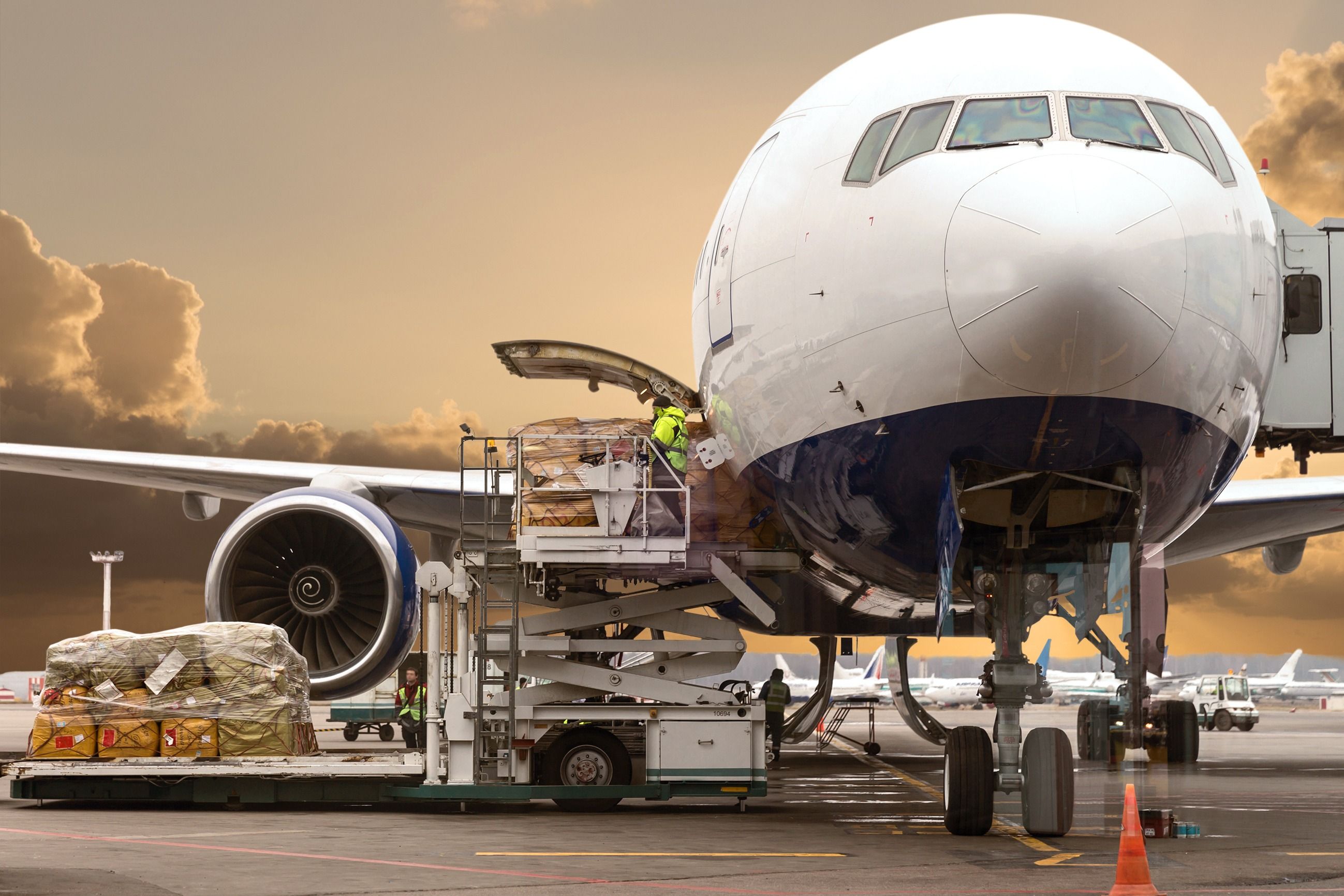
Related
Air Cargo Demand Rose More Than 9% In September
IATA said that while demand rises, the growth rate modifies, reflecting underlying economic uncertainties.
Industry faces major challenges ahead
With passenger numbers continuing to trend upwards, IATA chief Walsh is concerned that the industry’s success will give rise to challenges, particularly in airport capacity and meeting sustainability targets. According to Walsh,
“We will soon face a capacity crunch in some regions which threatens to curtail these economic and social benefits. Governments will face a choice: lose out to more dynamic nations who value global connectivity, or forge a consensus for sustainable growth.”
Photo: Dutchmen Photography | Shutterstock
Walsh also stressed the need for an “active political vision, backed up by actions” if the industry is to meet its ambitious net-zero target by 2050. As for more immediate challenges, airspace disruptions are expected to continue into next year, particularly around the Middle East.

